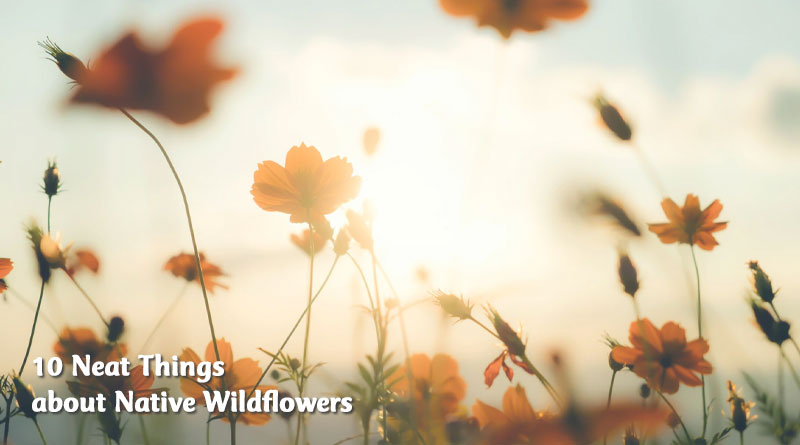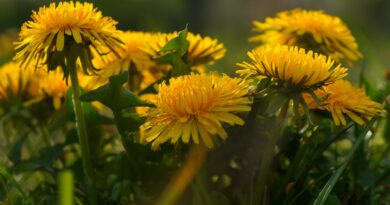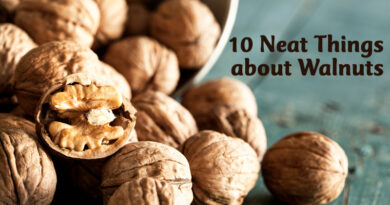About Native Wildflowers

1. Typhoid saviour.
One of the native wildflowers, Joe Pye weed, boneset to some, and botanically Eutrochium (reclassified from Eupatorium a few years ago), shares its common name with a Mohican man called Joe Pye who used it to cure an outbreak of typhoid fever among settlers. It grows in damp meadows and ditches, preferring full sun although it will tolerate light shade. It was used to break a fever.
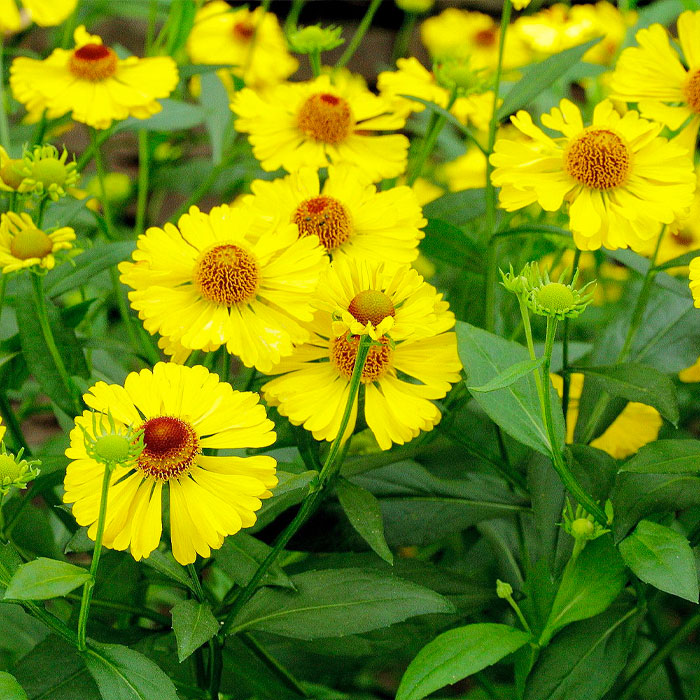
2. Karl’s unrelated cousin.
The same guy whose name adorns our favourite clumping grass, Karl Foerster, was responsible for introducing Helenium autumnale to Europe where it became an instant celebrity. This lovely native wildflower is commonly called “sneezeweed” because the First Nations used to put dried leaves up their noses to induce sneezing. Grows in moist loam. There are dozens of cultivars, ranging from six-inch dwarfs to giant wild plants that can reach five tall in clumps two feet wide. They bloom in late summer to early fall in full sun and well-drained soil but with plenty of moisture.
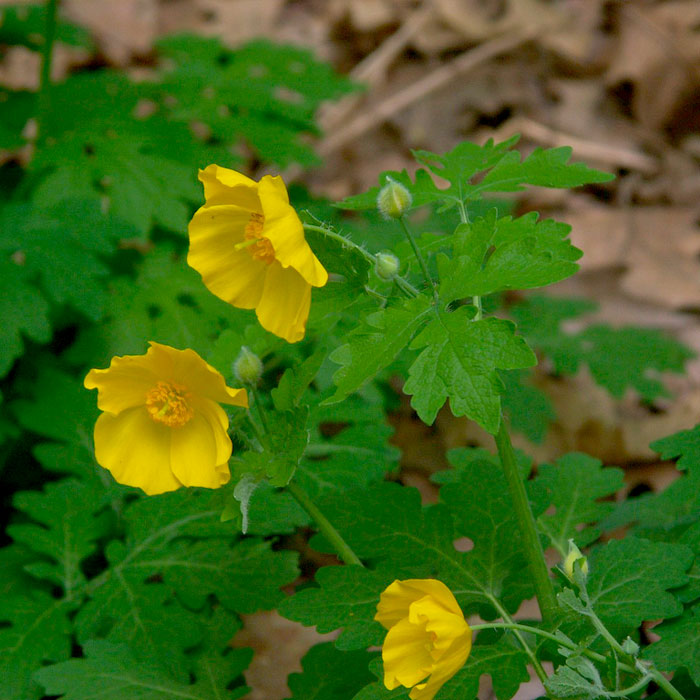
3. Celandine.
We all know what chipmunks and ants are but not too many of us may be familiar with the term elaiosome, which is the fleshy, oil- and protein-rich part of many seeds, especially the seeds of the little woodland celandine poppy, Stylophorum diphyllum. Chipmunks love to eat the poppy’s seeds, and ants carry them deep into their burrows to feed the elaiosomes to their larvae. The sap of this native wildflower is a brilliant yellow that can stain on contact, but the pretty yellow flowers and pea-green, lobed leaves make it irresistible. Celandine poppy can be invasive if too happy – she travels underground and by seeds.
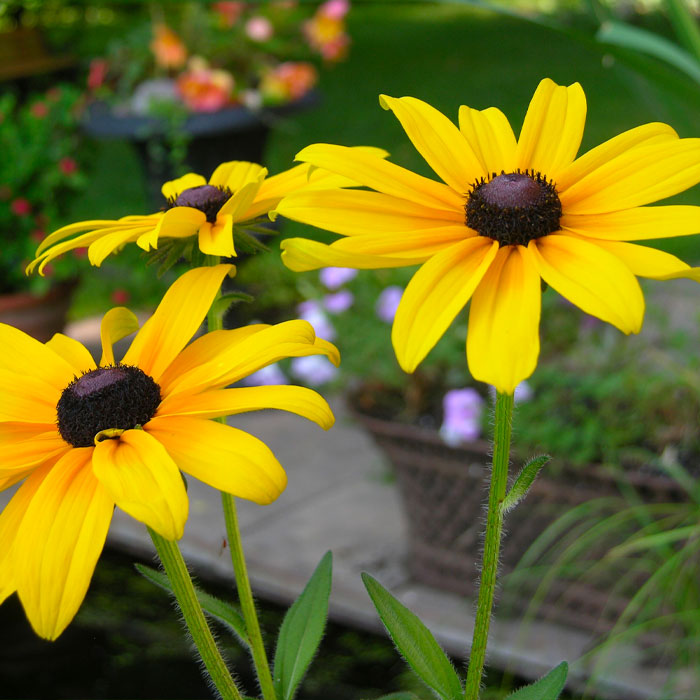
4. Susan of the brown eye.
There are so many popular rudbeckias: hirta, triloba, fulgida, laciniata, subtomentosa, to name a few, but the one that captures every heart and often the whole field because she is so aggressive is little brown-eyed Susan (sometimes called black-eyed Susan), Rudbeckia hirta. You will see this native wildflower blanketing a field, elbowing out competition. They come in colours of red, orange and yellow with their standout dark centres and bloom in late summer and fall. They all like sunlight, and moist, well-drained soil. Original North Americans used the plant to treat sores, snakebite, dropsy (it’s a diuretic), earaches and other illnesses.
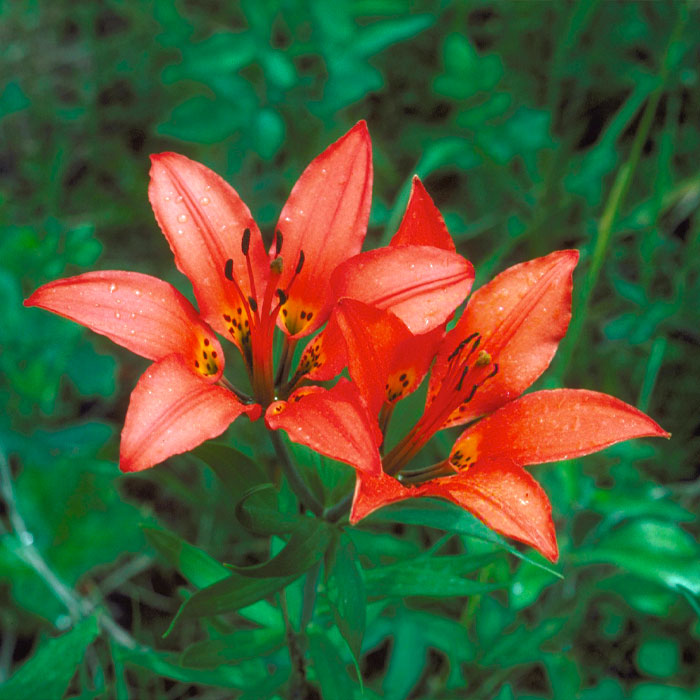
5. Wood or tiger?
Orange lilies are often all called tiger lilies but there is a big difference. The orange wood lily (Lilium philadelphicum) is an upright flower which can be deep scarlet to orange red. Its throat bears freckles of brown and its anthers are tipped in brown pollen. You will often see this native wildflower growing on prairie land even though it is called a wood lily. There are several plants called tiger lily, on the other hand, but the wood lily is not one of them.
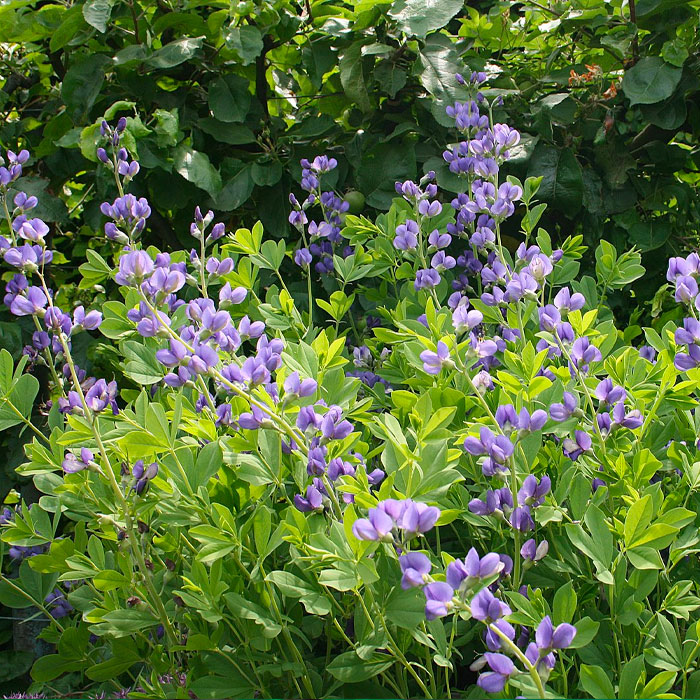
6. Blue.
False indigo or Baptisia australis is not always blue, but when it is it makes a satisfying dye – hence the name false indigo. You have to catch it when it’s ready, though, as it is a short-term bloomer – four to 12 days only. The pea-like flowers of this native wildflower come in very dark blue to light blue to a lovely variety of white edged in blue. It is, its name notwithstanding, a North American native.

7. More blue, intense blue.
Gentians may be the loveliest native wildflower of all, especially the shy little fringed gentians. You may see them only once in a lifetime but that will be enough to make a lasting impression. They emerge periodically in wet meadows, late in the season, and often close on rainy or cloudy days, opening in the sunlight. This stunning flower grows on a stem one-foot-plus in height, and its trumpet-shaped blue petals are fringed as if someone had attacked it with scissors. Fortunately, there are many other less reclusive gentians, and most of them are a very brilliant blue. There are creeping varieties grown in rock gardens (Gentian acaulis). Gentians are hard to grow and resent being moved. They need moist, well-drained soil. Closed gentians (G. septemfida) also like rocky soil and grow to about a foot tall.
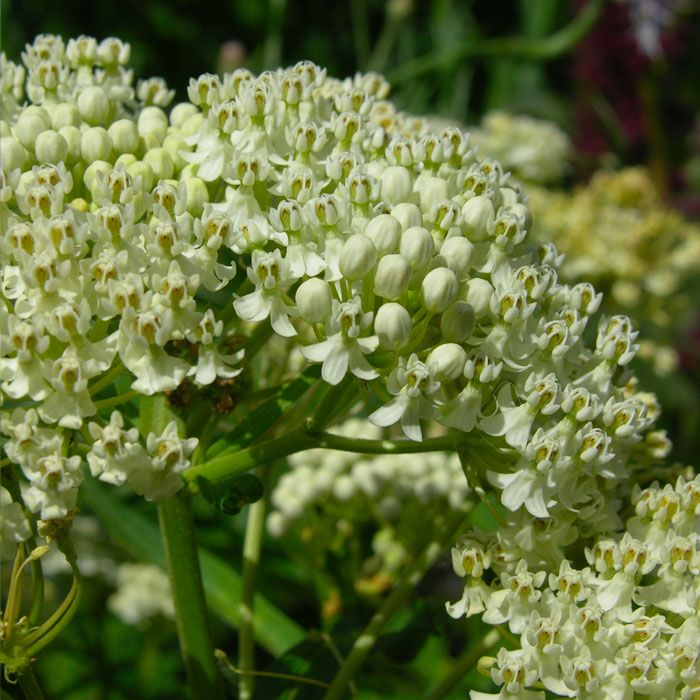
8. Monarch kingdom.
Asclepias, the milkweed plant, comes in many varieties but they all mean manna for monarch butterflies, which will lay their eggs on this plant and no other. Some varieties, especially Asclepias speciosa (showy milkweed) and A. syriaca, are somewhat invasive, travelling by underground rhizomes, but most of the others are quite well behaved and lovely in the garden. Try swamp milkweed, A. incarnata, which flowers in white and red varieties. A. tuberosa, is a bi-coloured orange and yellow.

9. Good meds.
Echinacea purpurea, good old purple coneflower, is not only acclaimed for its flu-fighting and other medicinal properties, it has been hybridized to the point where you can hardly call it purple anymore. It now comes in white, red, yellow, orange and pink, and the forms of its petals are myriad, ranging from ray-like to Easter bonnet-like to doubles. Echinaceas can be oval, long and thin, recurved, upright, drooping… Echinacea angustifolia are sometimes called elk root because sick elk seek them out to eat.
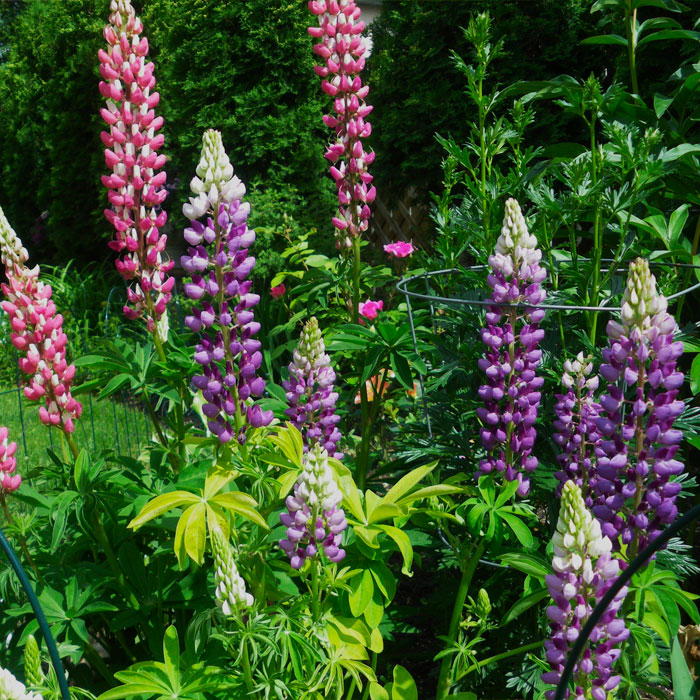
10. Just as wonderful.
There are over 200 species of flowers in the Lupinus genus, 28 of which, are native to Canada. Lovely though they are with their spikes of pea-like flowers, lupin seeds can be poisonous, depressing the heart and nervous system. Lupins are good medicine for the garden, blooming in early summer, fixing nitrogen in the soil and helping companion plants access it. And no native wildflowers list would be complete without Gaillardia, the gorgeous red and yellow blanket flower. Its daisy-shaped blooms just keep coming all summer. There are both annual and perennial species so be sure to check to get what you want. I love the gaily coloured red and yellow G. aristata.

